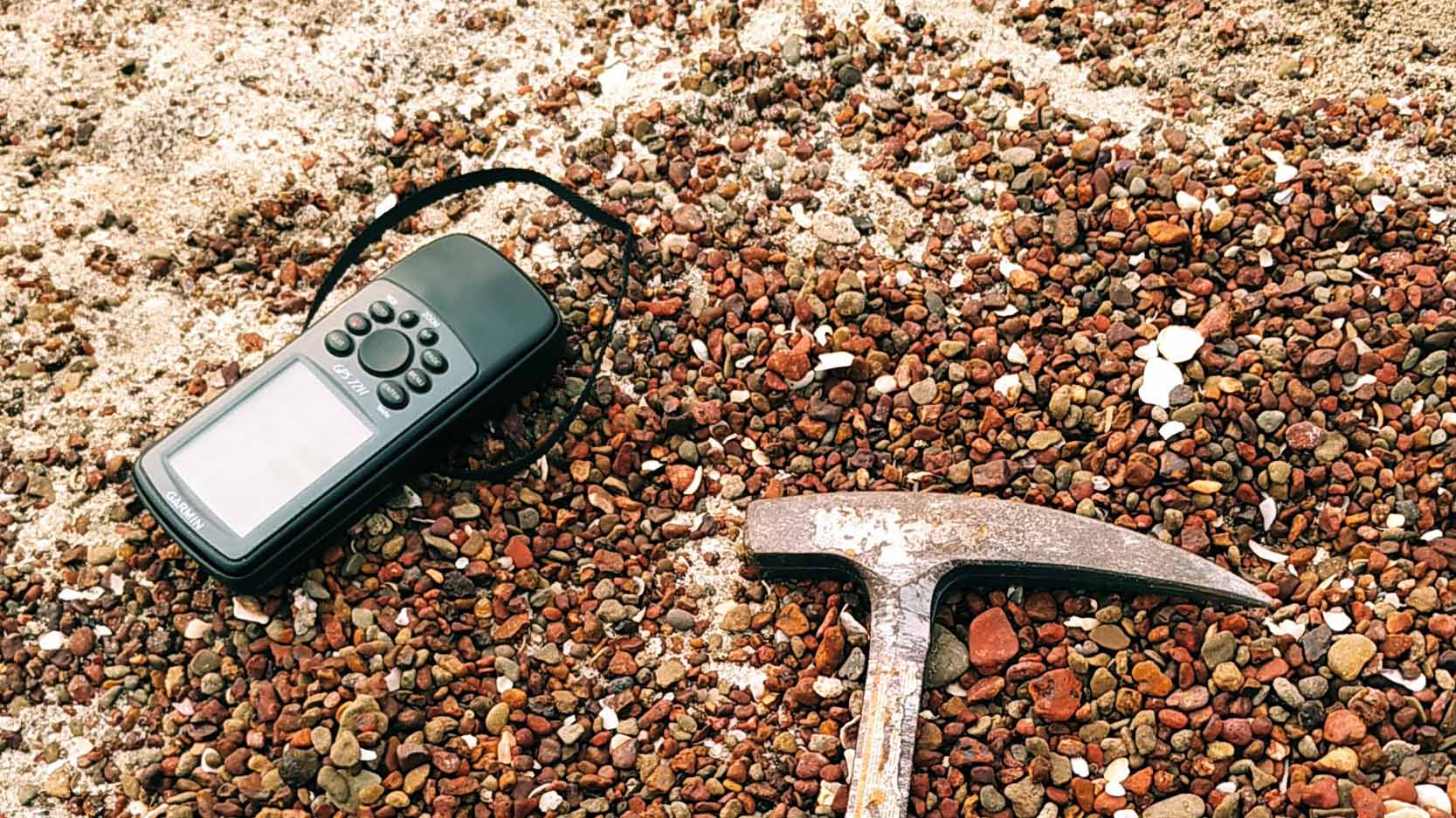Article by: Divyanshu Pawar

Wadgaon Darya at Kanhur Plateau, on the right bank of Padli nadi a tributary of Kukadi river. This is one of the well known localities where spring tuffs are formed at. The tuff here is brownish-white in color, laminated, porous at places forming roof pendants within a small cave-like opening. Branches of wood, root casts form the nuclei for the calcium carbonate deposition. Calc Tufa is a calcium carbonate that generally forms as stalactites, stalagmites, and other depositions in caves. They also act as incrustations around the mouths of hot and cold calcareous springs and along streams carrying a large amount of calcium carbonate in solution. In the Deccan Volcanic Province, deposits of calcareous tufa are formed from springs that feed the rivers and along the rivers, where small rapids are formed. The source of calcium is from the dissolution of calcic plagioclase in giant phenocryst flows found in the area.

Similar spring tufa also occurs at other places. One such deposit occurs at Kotul, below the Kotuleshwar temple. At Kelwadi in Kas river it forms along the river, over a small rapid while at Vambhori it resembles a cliff drape. The Calc Tufa of Upland Maharashtra have been dated by kale et al (1988) using the uranium-series method to 8000 to 10,000 years BP; Early Holocene. According to Rajaguru (1998), the early Holocene humid phase is suggestive of the intensification of the monsoon.





